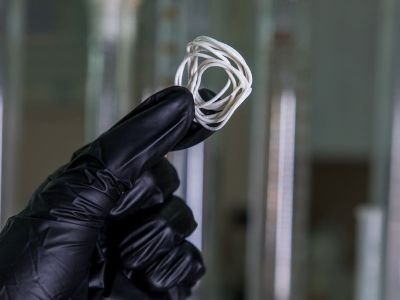Employees of the Lobachevsky State University of Nizhny Novgorod presented an innovative composite material for 3D printing of biological tissues. It is based on a combination of natural chitosan obtained from crustacean shells and synthetic polycaprolactone.
This composition allows for the creation of skin, bones, blood vessels, and even complex structures such as lung tissue. The key challenge in development was combining two fundamentally different polymers. Chitosan provides strength, biocompatibility, and antibacterial properties, while polycaprolactone gives the material the plasticity and thermoplasticity necessary for 3D printing.
The scientists used dimethyl sulfoxide as a solvent and ultrasonic treatment to create a homogeneous mixture. The advantages of the new material are especially noticeable when compared with existing analogues. Polycaprolactone, although suitable for creating artificial vessels, can provoke thrombosis and inflammation due to the release of acid during decomposition.
Chitosan neutralizes these negative effects, improving compatibility with living tissues. In addition, by varying the proportions of the components, the material can be adapted to different tasks: from simple bio-plasters to complex implants. The researchers’ immediate plans include developing a filament for medical 3D printers and further optimization of the composition.
